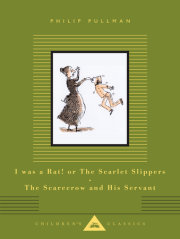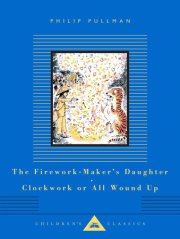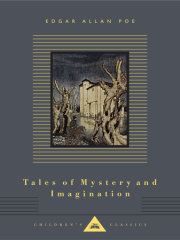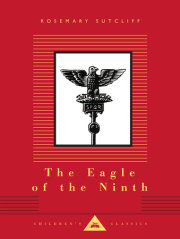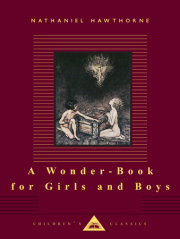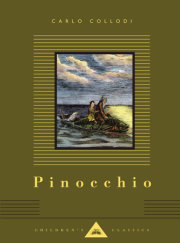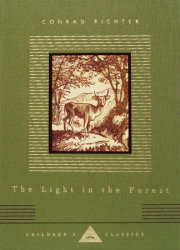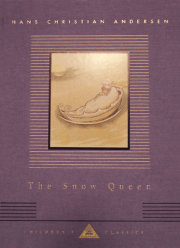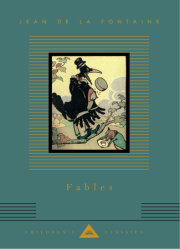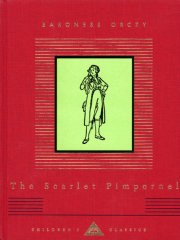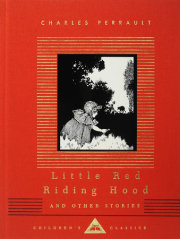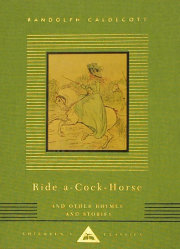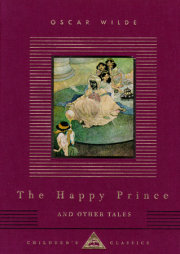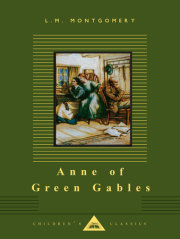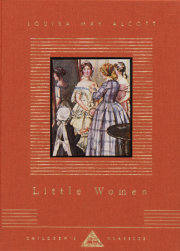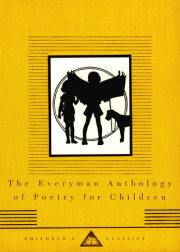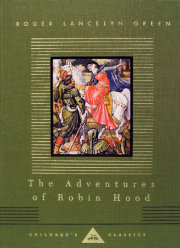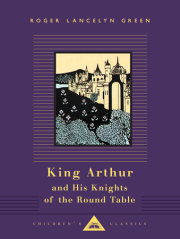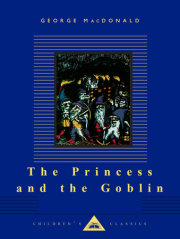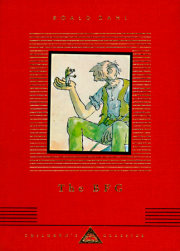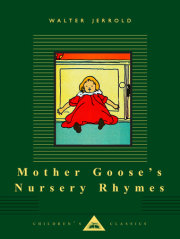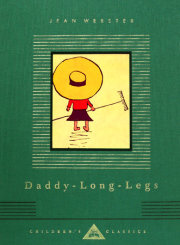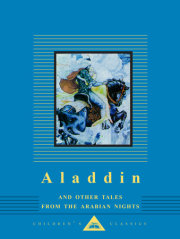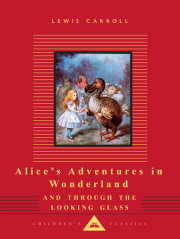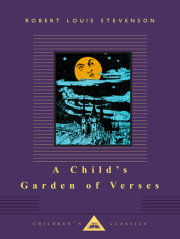
Miguel De Cervantes (1547-1616) was born to a poor family in the town of Alcalá de Henares in Spain. After being educated in Madrid (where he was his schoolmaster's 'most beloved pupil') he went to Italy where it was not long before he volunteered for the army. Cervantes took part in the great naval battle of Lepanto (1571), when the Christian powers led by the Venetians defeated the Turks in the eastern Mediterranean. As a result he was wounded in the left hand which rendered it useless and earned him the title 'El Manco de Lepanto'. In 1575, while returning to Spain from another military expedition, he was captured by pirates and taken to Algiers as a prisoner. His captivity lasted for five long years during which he made repeated efforts to escape, firmly believing that 'one should risk one's life for honour and liberty'. When Cervantes was finally ransomed he returned to Spain, not to a hero's welcome as he expected, but to find himself with no money and apparently no future. He turned to writing for his livelihood, drawing on his experiences in prison and as a soldier for his stories and plays. His early works brought neither wealth nor fame but when the first part of Don Quixote was published in 1605 it proved to be an instant success. Translated into English in 1612 it has been one of the world's most popular and influential books ever since. Even with this, however, and the second part which was published in 1614, Cervantes did not become a rich man, but he did obtain for himself a patron and was thereafter able to devote himself fully to his writings.
______
Miguel De Cervantes (1547-1616) nació en el seno de una familia pobre en el pueblo de Alcalá de Henares, en España. Tras ser educado en Madrid (donde fue el pupilo preferido de su profesor) partió a Italia, donde pronto se enlistó de manera voluntaria en la armada. Cervantes participó en la gran batalla naval de Lepanto (1571), cuando los Cristianos lidereados por los venecianos derrotaron a los turcos al este del Mediterráneo. Esta batalla le dejó una mano herida que nunca recuperó total movilidad, por lo que Cervantes obtuvo el mote de 'El Manco de Lepanto'. En 1575, al volver a España tras otra expedición militar, fue capturado por piratas y llevado a Algeria como prisionero. Permaneció en cautiverio durante cinco largos años, tiempo en el que intentó escapar varias veces con la ferviente creencia de que "uno debiera arriesgar la vida por el honor y la libertad". Cuando finalmente fue rescatado, Cervantes volvió a España no como para ser recibido como hèroe, sino a enfrentarse a una vida sin dinero y, aparentemente, sin futuro. Se volcó a la escritura para poder sobrevivir, convirtiendo sus experiencias en el ejército y prisión en relatos y obras de teatro. Sus primeras obras no le trajeron fama ni fortuna, pero cuando la primera parte de Don Quijote fue publicada en 1605, obtuvo un éxito inmediato. Traducida al inglés en 1612, el Quijote ha sido uno de los libros más populares e icnónicos en el mundo. A pesar del èxito, y de la publicación de la segunda parte de la novela en 1614, Cervantes no se convirtió en un hombre rico, pero sí logró conseguir un mecenas que le permitó dedicar su vida a la escritura.
Miguel De Cervantes (1547-1616) was born to a poor family in the town of Alcalá de Henares in Spain. After being educated in Madrid (where he was his schoolmaster's 'most beloved pupil') he went to Italy where it was not long before he volunteered for the army. Cervantes took part in the great naval battle of Lepanto (1571), when the Christian powers led by the Venetians defeated the Turks in the eastern Mediterranean. As a result he was wounded in the left hand which rendered it useless and earned him the title 'El Manco de Lepanto'. In 1575, while returning to Spain from another military expedition, he was captured by pirates and taken to Algiers as a prisoner. His captivity lasted for five long years during which he made repeated efforts to escape, firmly believing that 'one should risk one's life for honour and liberty'. When Cervantes was finally ransomed he returned to Spain, not to a hero's welcome as he expected, but to find himself with no money and apparently no future. He turned to writing for his livelihood, drawing on his experiences in prison and as a soldier for his stories and plays. His early works brought neither wealth nor fame but when the first part of Don Quixote was published in 1605 it proved to be an instant success. Translated into English in 1612 it has been one of the world's most popular and influential books ever since. Even with this, however, and the second part which was published in 1614, Cervantes did not become a rich man, but he did obtain for himself a patron and was thereafter able to devote himself fully to his writings.
______
Miguel De Cervantes (1547-1616) nació en el seno de una familia pobre en el pueblo de Alcalá de Henares, en España. Tras ser educado en Madrid (donde fue el pupilo preferido de su profesor) partió a Italia, donde pronto se enlistó de manera voluntaria en la armada. Cervantes participó en la gran batalla naval de Lepanto (1571), cuando los Cristianos lidereados por los venecianos derrotaron a los turcos al este del Mediterráneo. Esta batalla le dejó una mano herida que nunca recuperó total movilidad, por lo que Cervantes obtuvo el mote de 'El Manco de Lepanto'. En 1575, al volver a España tras otra expedición militar, fue capturado por piratas y llevado a Algeria como prisionero. Permaneció en cautiverio durante cinco largos años, tiempo en el que intentó escapar varias veces con la ferviente creencia de que "uno debiera arriesgar la vida por el honor y la libertad". Cuando finalmente fue rescatado, Cervantes volvió a España no como para ser recibido como hèroe, sino a enfrentarse a una vida sin dinero y, aparentemente, sin futuro. Se volcó a la escritura para poder sobrevivir, convirtiendo sus experiencias en el ejército y prisión en relatos y obras de teatro. Sus primeras obras no le trajeron fama ni fortuna, pero cuando la primera parte de Don Quijote fue publicada en 1605, obtuvo un éxito inmediato. Traducida al inglés en 1612, el Quijote ha sido uno de los libros más populares e icnónicos en el mundo. A pesar del èxito, y de la publicación de la segunda parte de la novela en 1614, Cervantes no se convirtió en un hombre rico, pero sí logró conseguir un mecenas que le permitó dedicar su vida a la escritura.
Get the latest news on all things Secondary Education.
Learn about our books, authors, teacher events, and more!
Our mission is to foster a universal passion for reading by partnering with authors to help create stories and communicate ideas that inform, entertain, and inspire.
Penguin Random House Secondary Education
© 2025 Penguin Random House
/
